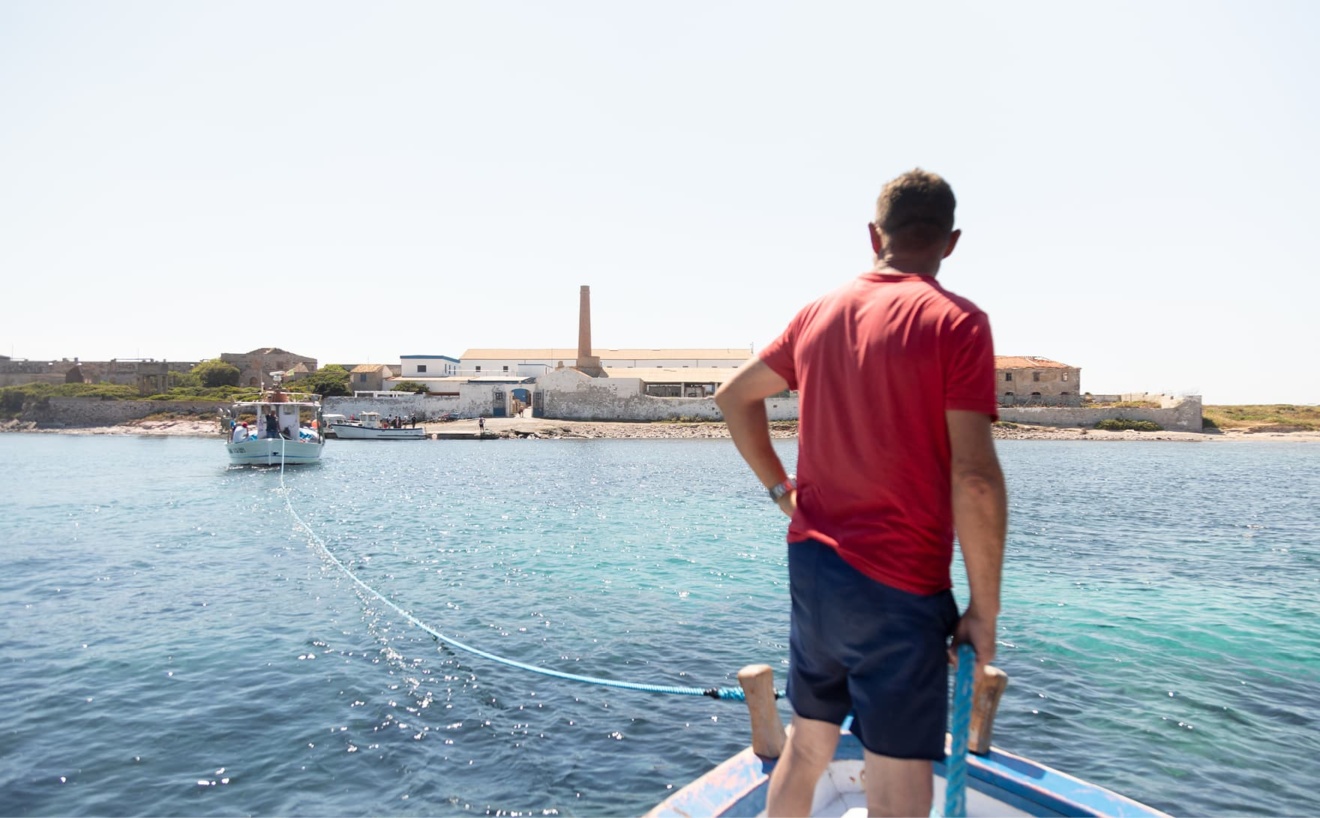The Carloforte traditional tuna fishery is one of the last remaining active in the Mediterranean. Tonnara is the set of nets that are kept at sea when it is time: it is the system, or rather the island of nets, consisting of a series of chambers connected one to the other, in the last of which, the mattanza (the killing) takes place.
Tonnara is, however, also the act of fishing, and the building on land that houses the work and the workers. It is also, essentially, a way of fishing for tuna: in the past, the most widespread. A way that is also it’s own world requiring the participation of a group of people, on land and at sea, called upon to carry out precise tasks with skill and without error. Everyone is involved in the enterprise, collaborating in operations that will lead to the mattanza of the great prey, and likewise taking part in a collective ritual, which still today attracts a large part of Carolfortini every year.
The origins of tuna fishing in the Mediterranean reach back to the coast of North Africa. They are the same as those of the Tabarkan community, which sailed in those distant waters many years ago. The language spoken by the tuna fishermen reveals that this ancient tradition derives from the Arab world: Rais (king), is the single chief who coordinates the actions of the fishermen at work.









